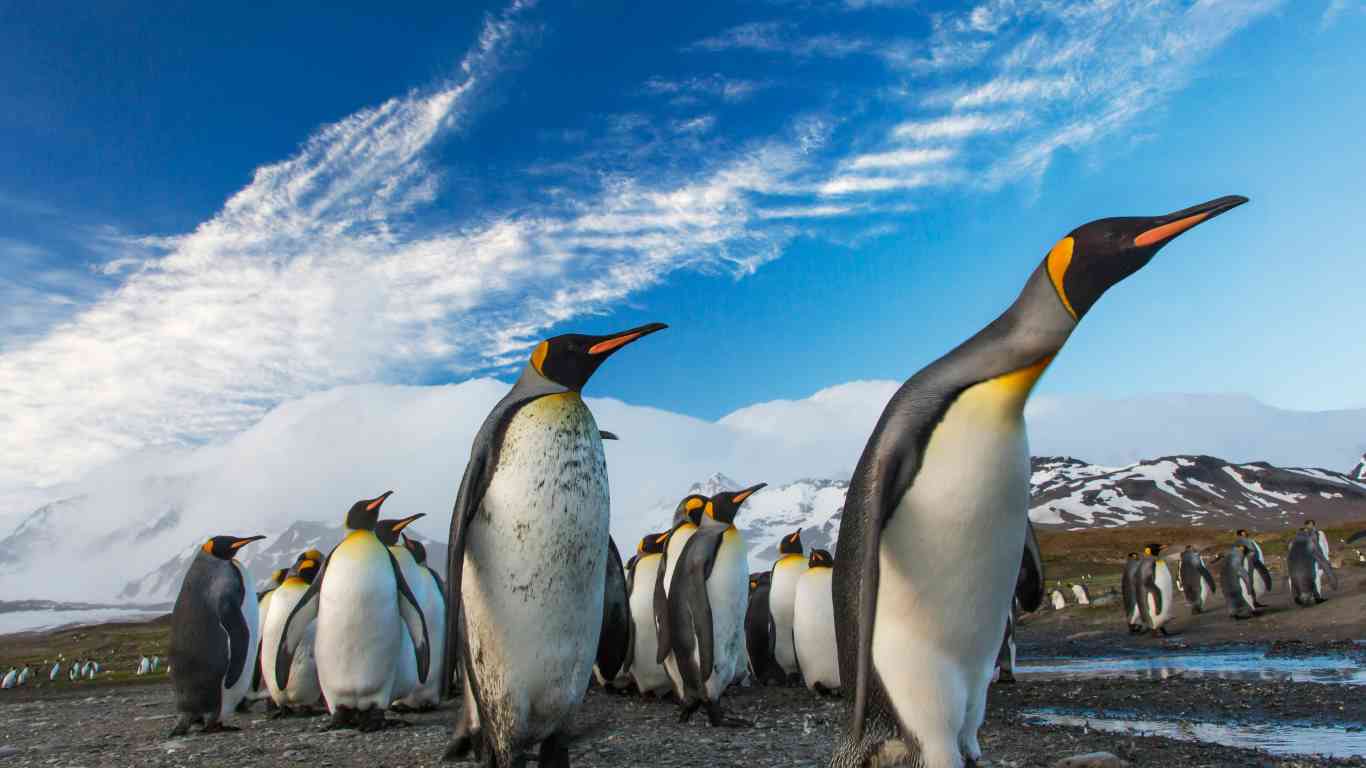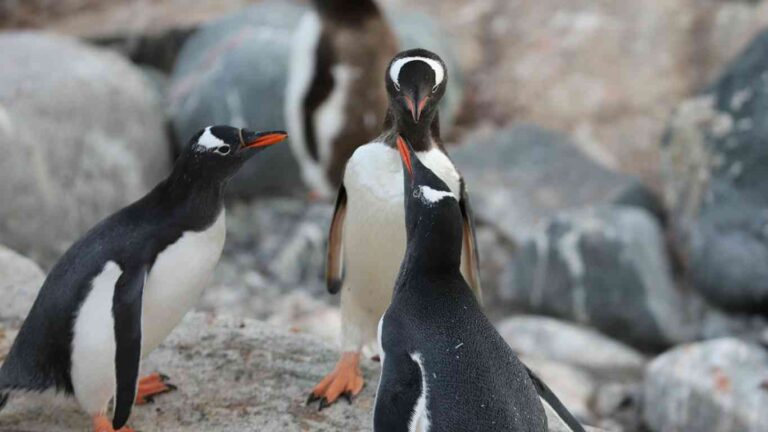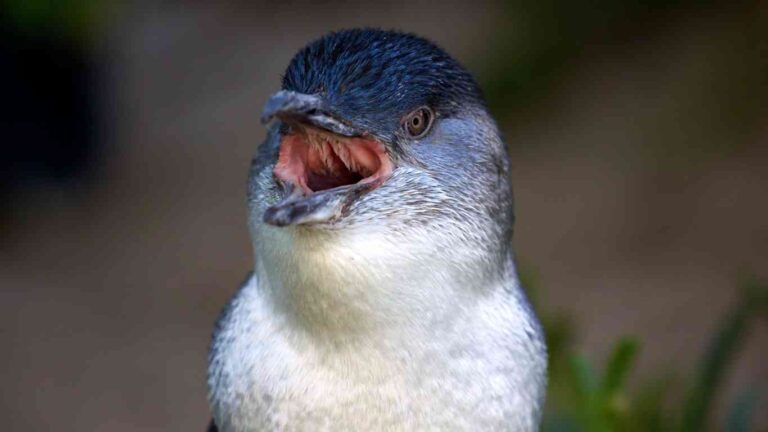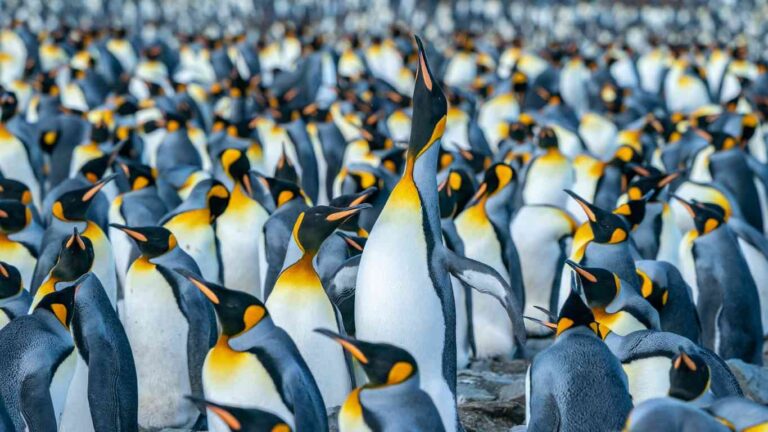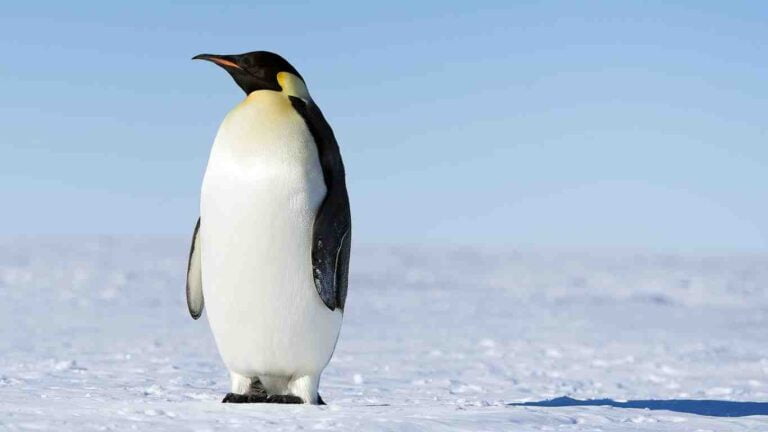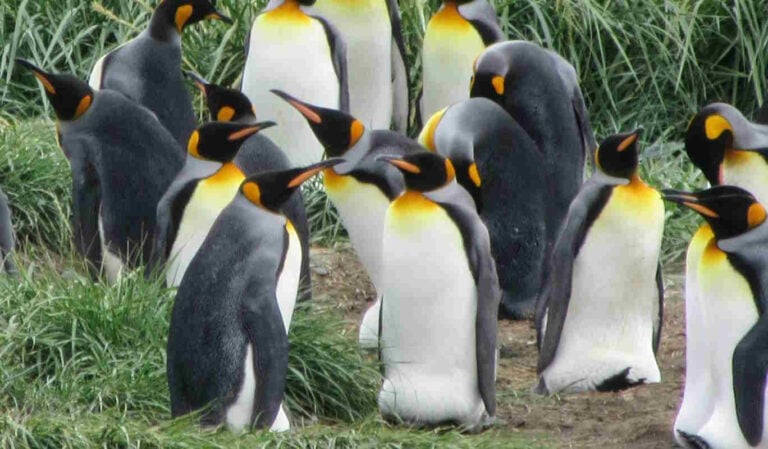Do Penguins Have Feathers? (Anatomy of a Penguin)
Penguins are known for their smooth, streamlined look. Because they have such a sleek appearance, some people may wonder what kind of covering penguins actually have.
Do they have feathers? Are they similar to other birds?
Contrary to what some may believe, penguins do in fact have feathers, not fur or hair. Although different from flying birds, penguins have specialized feathers.
Do Penguins Have Feathers?
Penguins have feathers that are short, stiff, and overlap tightly, providing excellent insulation and a waterproof barrier. This is essential for penguins to survive in the cold, harsh aquatic environments where they live.
Scientific research reveals that penguin feathers are highly specialized, with more than 100 feathers per square inch and differing microstructures compared to flight birds.
This compact design provides insulation and a waterproof barrier, protecting penguins from frigid water temperatures and streamlining their body for efficient swimming.
Researchers have observed penguins maintain their body temperature with the help of these feathers, combined with a layer of blubber, and they engage in preening to spread waterproofing oil across their feathers.
Molting annually, penguins shed their old feathers for new ones to keep their insulation effective. During this time, the discarded feathers become more noticeable, highlighting the fact that penguins are indeed feathered creatures.
These adaptations illustrate the importance and complexity of penguin feathers for their survival and showcase how they are adapted for life in the ocean rather than for flight.
What Penguin Feathers Are Like?
What sets penguin feathers apart from many birds is their density and structure. Dive into the makeup of these unique adornments:
Density: Penguin feathers are much more densely packed than those of other birds. Some species can have over 100 feathers per square inch.
Structure: Unlike the expansive wing feathers of flying birds, penguin feathers are short, broad, and stiff. Their unique overlap ensures minimal water reaches the skin and optimal warmth is maintained.
Molting: All birds replace their feathers at least once a year in a process called molting. Penguins, however, undergo what’s known as ‘catastrophic molt,’ where they replace all their feathers at once.
This intense process means they often fast and stay out of the water for several weeks.
Do Penguins Have Feathers on Their Feet?
Penguins have sparse, scale-like feathers on their feet, which contribute to warmth and provide a buffer against cold.
These feathers are mainly used for walking on ice and propelling in water, serving a tailored function aligned with the penguin’s survival strategy.
These feathers, do not resemble the feathers found on the rest of penguins’ body. Specifically, the feathers on a penguin’s legs and feet are more scale-like, which is a continuation of their feathered coat.
These adaptations help with streamlining and can offer a slight protection against the cold.
However, the feet are mainly adapted for other purposes, such as walking on ice and propelling in the water.
This unique adaptation means that while penguin feet are not as heavily feathered as their bodies, the feathers that are there serve a tailored function aligned with the penguin’s overall survival strategy.
Observational studies indicate these scale-like feathers play a lesser role in insulation, tasked instead with aiding in the slick movement through icy waters or slippery terrain.
Wrap Up
In conclusion, thorough scientific evaluation, supported by daily observations, presents a clear and consistent picture: penguins are animals with a specialized feather system, unlike fur or hair.
Every aspect of their feathering, the waterproof coating, the insulating capacity, and even the tiny scale-like feathers on their feet showcase the incredible adaptability of these birds.
(Featured image by Ian Parker on Unsplash

